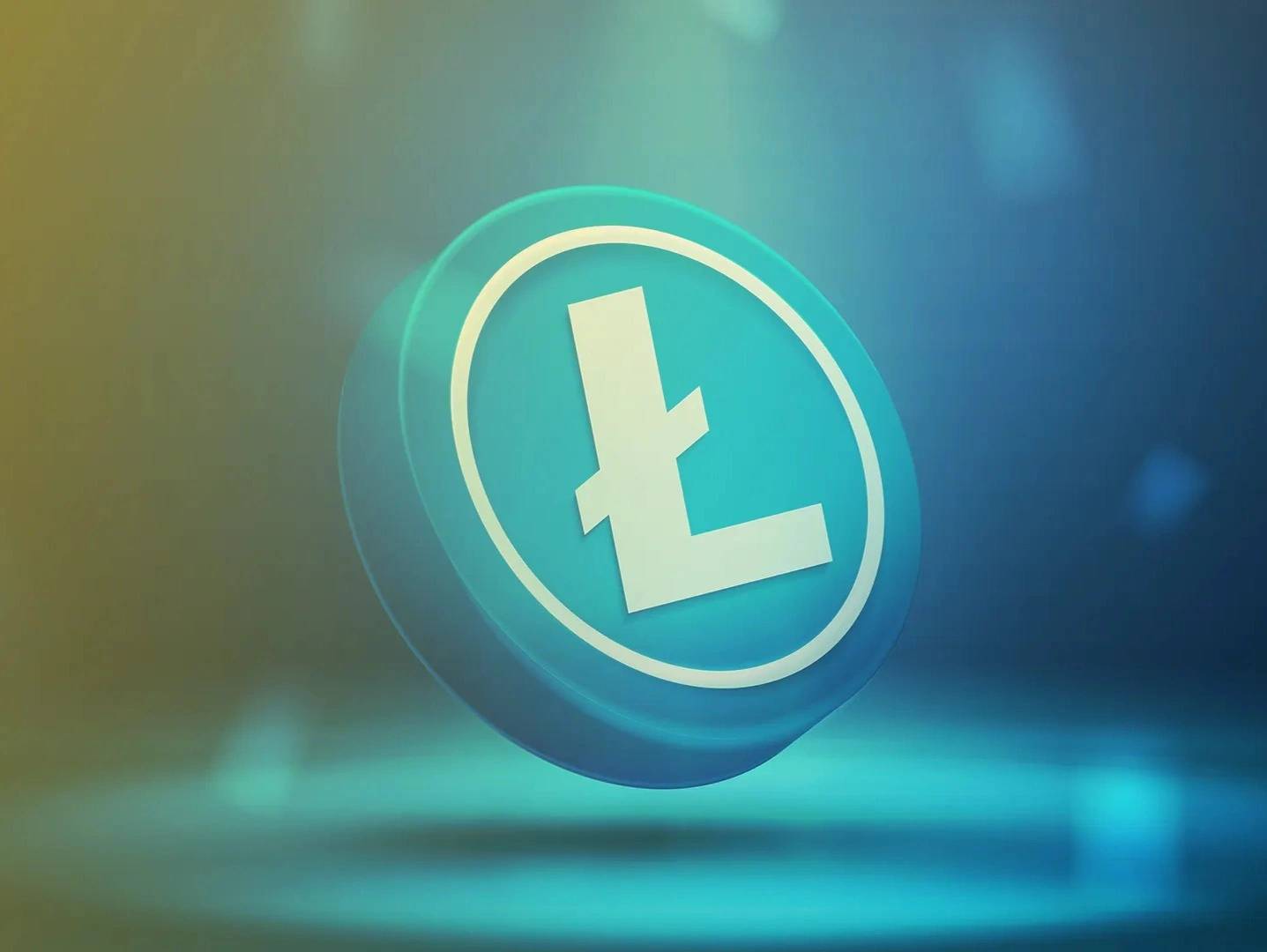위키 구독하기
Share wiki
Bookmark
Litecoin
Litecoin
라이트코인(Litecoin)은 2011년 찰스 리(Charles Lee)가 만든 피어 투 피어(peer-to-peer) 암호화폐(cryptocurrency)이자 오픈소스 소프트웨어 프로젝트입니다. 몇 가지 기술적인 차이점과 더 빠른 확인 시간을 통해 비트코인(Bitcoin)의 경량 버전을 목표로 합니다. 피어 투 피어(peer-to-peer) 네트워크에서 작동하며 작업 증명(proof-of-work) 합의 알고리즘을 사용합니다. [1]
개요
라이트코인(Litecoin)은 찰리 리가 비트코인보다 빠르고 접근성이 뛰어난 대안으로 만든 피어 투 피어 암호화폐입니다. 비트코인 프로토콜을 기반으로 하며, GPU와 같은 일반 소비자급 하드웨어로의 채굴을 가능하게 하도록 처음 설계된 메모리 집약적인 Scrypt 해싱 알고리즘을 사용하는 점이 다릅니다. 라이트코인은 2.5분마다 블록을 처리합니다—비트코인보다 네 배 빠릅니다—그리고 최대 8,400만 개의 코인을 가지고 있으며, 이 또한 네 배 더 많습니다. 이러한 특징들 덕분에 더 빠른 거래 확인과 더 큰 용량을 가능하게 하여 라이트코인을 일상적인 사용에 더 적합하게 만듭니다. 그 설계는 대규모 채굴 업체의 지배력을 억제하여 더욱 분산된 네트워크를 지원합니다. 초기이자 가장 영향력 있는 알트코인 중 하나로서, 라이트코인은 도지코인과 같은 프로젝트에 영감을 주었고 암호화폐 생태계에서 중요한 역할을 계속하고 있습니다. [1]
역사
라이트코인(Litecoin)은 2011년 10월 7일, 전 구글(Google) 직원인 찰리 리(Charlie Lee)에 의해 깃허브(GitHub)의 오픈소스 클라이언트를 통해 출시되었습니다. 라이트코인 네트워크는 2011년 10월 13일에 시작되었습니다. 포크(fork)된 비트코인(Bitcoin) 코어 클라이언트로, 주요 차이점은 블록 생성 시간 단축(2.5분), 최대 코인 수 증가(비트코인(Bitcoin) 코어의 2100만 개 대비 8400만 개), 다른 해싱 알고리즘(SHA-256 대신 scrypt), 그리고 약간 수정된 GUI입니다.
2017년 5월, 라이트코인은 시가총액 기준 상위 5개 암호화폐 중 최초로 Segregated Witness를 채택했습니다. 같은 해 5월 후반, 최초의 라이트닝 네트워크(Lightning Network) 거래가 라이트코인을 통해 완료되어 취리히(Zürich)에서 샌프란시스코로 0.00000001 LTC가 1초 이내에 전송되었습니다. [1] [3]
특징
라이트코인 해싱 알고리즘
라이트코인은 채굴 과정에서 사용되는 Scrypt라는 해싱 알고리즘을 사용합니다. 라이트코인은 후보 블록 헤더를 해싱했을 때 결과가 목표값 이하가 되도록 하는 난수(nonce) 값을 찾아야 하는 작업 증명 합의 메커니즘을 기반으로 작동합니다. 목표값은 채굴자가 유효한 블록을 생성하기 위한 난이도 수준을 나타냅니다. 목표값이 낮을수록 채굴자가 블록을 생성하기 어렵고, 목표값이 높을수록 쉽습니다. 라이트코인의 목표값은 채굴자가 2.5분마다 성공적으로 블록을 생성하도록 자동으로 조정됩니다. 이는 라이트코인의 블록 생성 시간입니다. [10]
채굴
라이트코인은 150개의 사전 채굴된 코인으로 출시되었으며 총 공급량은 8400만 개입니다. 암호화폐의 블록체인은 2.5분마다 새로운 블록을 생성합니다. 블록 보상 반감기 일정에 따라 블록당 채굴되는 토큰 수가 4년마다 감소하기 때문에, 생성될 모든 라이트코인이 채굴되는 데는 1세기 이상 걸릴 것으로 추산됩니다. 2140년경에 완전 희석에 도달할 것으로 예상됩니다. [3]
라이트코인 반감기
반감기는 블록의 해시와 블록 내 거래 정보가 검증되고 새로운 블록이 생성될 때 주어지는 보상을 줄이는 것을 말합니다. 반감기는 새 코인 생성 속도를 늦추는 데 도움이 되도록 라이트코인 보상을 절반으로 줄입니다. LTC의 반감기 날짜: [16]
- 2015년 8월 25일: 50 LTC에서 25 LTC로
- 2019년 8월 5일: 25 LTC에서 12.5 LTC로
- 2023년 8월 23일: 12.5 LTC에서 6.25 LTC로
- 2027년 중반 (예상): 6.25 LTC에서 3.125 LTC로
오픈 소스
라이트코인은 MIT/X11 라이선스 하에 배포된 오픈 소스 소프트웨어 프로젝트로, 사용자는 소프트웨어를 실행, 수정, 복사 및 배포할 수 있습니다. 이 소프트웨어의 배포 과정은 투명하며, 바이너리와 해당 소스 코드 모두에 대한 독립적인 검증이 가능합니다. [3]
라이트닝 네트워크 통합
라이트코인은 2018년 암호화폐 최초로 라이트닝 네트워크를 구현하여 더 빠르고 저렴한 거래를 가능하게 하는 이러한 2계층 확장 솔루션을 채택했습니다. 2015년 Thaddeus Dryja와 Joseph Poon이 처음 제안한 라이트닝 네트워크는 스마트 계약을 사용하여 당사자 간에 오프체인 결제 채널을 생성하여 각 거래를 기본 블록체인에 브로드캐스팅하지 않고도 여러 마이크로페이먼트를 수행할 수 있도록 합니다. 이렇게 하면 수수료와 확인 시간이 단축되는 동시에 기본 계층의 작업 부하가 줄어듭니다. 거래는 양 당사자가 업데이트된 잔액에 동의해야 하는 다중 서명 채널에서 발생하며, 채널이 닫힐 때만 최종 결제가 온체인에 기록됩니다. 라이트코인의 라이트닝 네트워크 통합은 확장 가능하고 비보관적인 결제 환경을 지원하여 거래 효율성을 향상시키고 기존 시스템이 제공하는 것 이상의 새로운 사용 사례를 열어줍니다. [11] [12]
MimbleWimble 업그레이드
라이트코인의 MimbleWimble 업그레이드는 2022년 5월 19일에 구현되었으며, MimbleWimble 확장 블록(MWEB)이라는 선택적 시스템을 통해 향상된 개인 정보 보호 및 확장성 기능을 도입했습니다. 2019년 라이트코인 개선 제안을 통해 처음 제안된 이 업그레이드는 사용자가 입력과 출력을 단일 전송으로 결합하여 블록체인에서 보이는 거래 데이터를 최소화함으로써 더욱 개인적인 거래를 수행할 수 있도록 합니다. 또한 불필요한 데이터를 제거하여 블록 크기를 줄여 전반적인 효율성을 향상시킵니다. MWEB은 사용자 개인 정보 보호를 강화하지만, 엄격한 자금 세탁 방지 규정을 가진 관할 구역에서는 규제 반발에 직면했습니다. 이에 따라 한국의 여러 거래소에서는 추가된 익명 기능으로 인해 라이트코인을 상장폐지했습니다. [3] [4]
라이트코인 재단
라이트코인 재단은 싱가포르에 기반을 둔 커뮤니티 중심의 비영리 단체로, 라이트코인의 채택, 교육 및 개발을 증진하기 위해 노력하고 있습니다. 재단은 정규직 직원 및 자원 봉사자 네트워크를 통해 글로벌 영향력을 확대하고자 합니다. [5]
라이트코인 서밋(Litecoin Summit)
라이트코인 서밋은 라이트코인 재단이 매년 주최하는 행사입니다. 이 모임은 세계적인 혁신가, 전문가, 주요 관계자 및 라이트코인 커뮤니티 회원들을 한자리에 모으고자 합니다. [18]
2018
라이트코인 서밋 2018(The Litecoin Summit 2018), 라이트코인의 첫 공식 행사는 2018년 9월 14일부터 15일까지 사우스 샌프란시스코 컨퍼런스 센터(South San Francisco Conference Center)에서 열렸습니다. 이 서밋은 많은 참석자들에게 회사들이 제품을 선보이거나 브랜드 발표를 할 수 있는 기회를 제공했으며, LTC 사용자, 개발자, 업계 리더들과 교류하고 네트워킹할 수 있는 기회를 제공했습니다. 이 행사는 일상 거래에서 암호화폐 채택을 촉진하기 위해 암호화폐 시장에 새로운 제품을 소개하는 것을 목표로 했습니다. 이틀간의 행사는 라이트코인 재단(Litecoin Foundation)이 주최했으며 많은 블록체인 프로젝트들이 참여했습니다. 찰리 리가 기조연설을 맡았으며, 엘리자베스 스타크 (Lightning Labs CEO)와 디에고 구티에레스 잘디바르(Diego Gutierrez Zaldivar, CEO of RSK Labs)도 연설했습니다. [6] [7]
2019
싱가포르에 기반을 둔 라이트코인 재단이 주최하고 베가스 블록체인 위크 기간 중 10월 라스베가스 코스모폴리탄에서 개최된 두 번째 라이트코인 서밋이 있었습니다. 이 행사에는 라이트코인 창시자 찰리 리(Charlie Lee)와 재단 상무이사를 비롯하여 이사직을 역임한 프랭클린 리차즈(Franklyn Richards)와 왕신시(Xinxi Wang)를 포함한 여러 저명한 연사들이 참석했습니다. [8]
올해는 라스베가스 코스모폴리탄이라는 화려한 장소를 포함하여 모든 것을 한 단계 끌어올렸습니다. 암호화폐 분야의 기술 및 비즈니스 전문가부터 엔터테인먼트, 예술, 개인적 관심사에 이르기까지, 라이트코인 서밋은 모두를 위한 두 가지 재미있고 알찬 이틀을 제공합니다. - Litecoinsummit.org
2022
라이트코인 재단이 주최한 세 번째 라이트코인 서밋(Litecoin Summit)이 2022년 10월 21일부터 22일까지 라스베이거스에서 개최되었습니다. 이 서밋의 목표는 최고의 혁신가, 사상가, 의사결정자 및 글로벌 라이트코인 커뮤니티 구성원들을 한자리에 모으는 것이었습니다. 이틀간의 행사 동안 참석자들은 네트워킹을 하고 업계 동향, 공공 정책 문제 및 기술 혁신에 대한 논의에 참여할 수 있었습니다. Blockleaders가 이 행사의 주요 미디어 파트너였으며, LTCLabs, CryptoTaxAudit, Ballet, Cake Wallet, LOKOTech, GetHedge, StormX, Liteverse 및 CoinVigilante가 추가로 후원했습니다. [9]
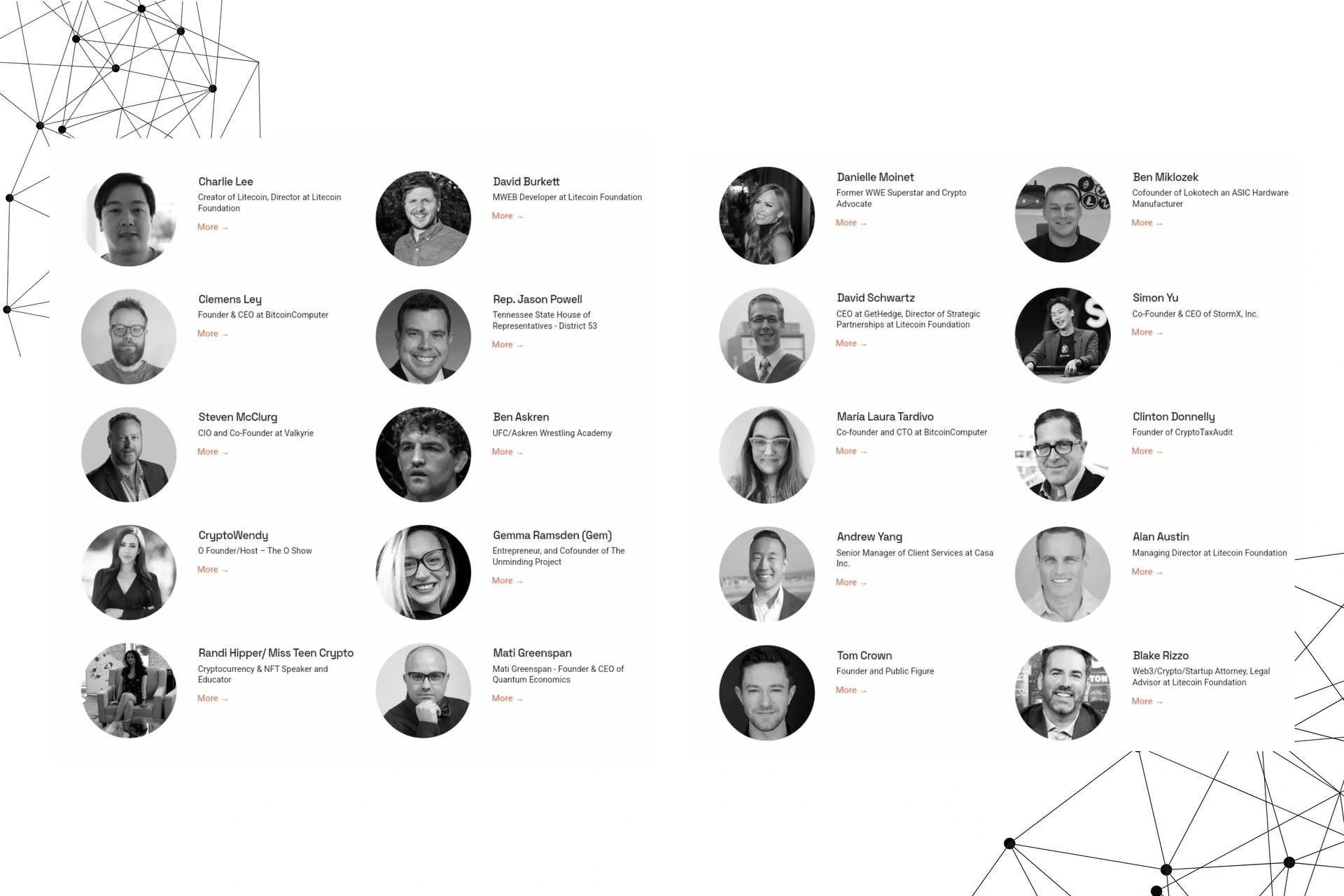
2025
라이트코인 서밋 2025는 5월 29일부터 30일까지 라스베이거스의 하라스 호텔에서 개최되며, 개발자, 투자자 및 블록체인 전문가들이 모여 라이트코인과 더 넓은 암호화폐 환경의 발전을 탐구합니다. Marty Simpson과 Lee(리)의 발언으로 시작하여, Nexus(넥서스) 및 BasicswapDex와 같은 프로젝트에 대한 기술 발표와 개인 보안, 합병 채굴, ETF, 그리고 자체 보관 도구에 대한 논의가 이루어집니다. 주요 연사로는 Loshan, Jameson Lopp(제이미슨 롭), Wei Zhou, Sandy Carter, 그리고 Sonny Singh이 있습니다. 특별 점심 세션에서는 Web3 및 AI 분야의 여성들을 조명하고, 이후 패널에서는 암호화폐 지수 및 금고 인프라와 같은 주제를 다룹니다. 의제에는 화기애애한 대담과 잠재적인 제품 발표가 포함되어 있으며, John D’Agostino와 Richard Jackson의 기조연설로 마무리됩니다. [17]
라이트코인 카드
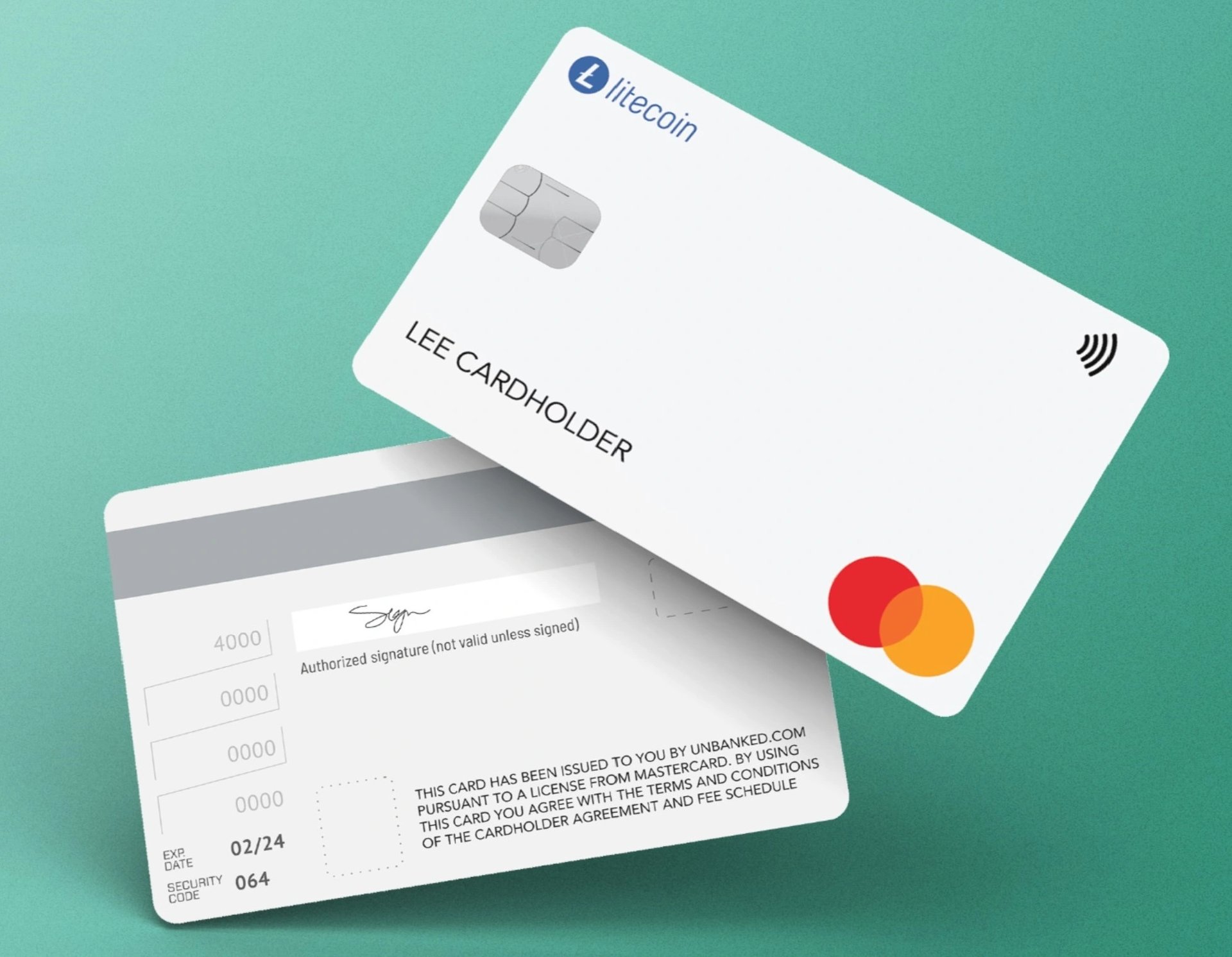
라이트코인 카드를 사용하면 라이트코인 및 기타 암호화폐를 사용할 수 있습니다. 사용자는 등록하고 고객 확인 기준을 통과하면 가상 카드가 발급되어 실물 카드가 배송되는 동안 직불 카드를 사용할 수 있습니다. 2023년 현재, 이 카드는 미국, 영국 및 EEA의 26개국에서 사용할 수 있습니다. 이 프로젝트는 Visa 및 Mastercard와 같은 주요 결제 시스템과 제휴했습니다. [11][13]
Litewallet
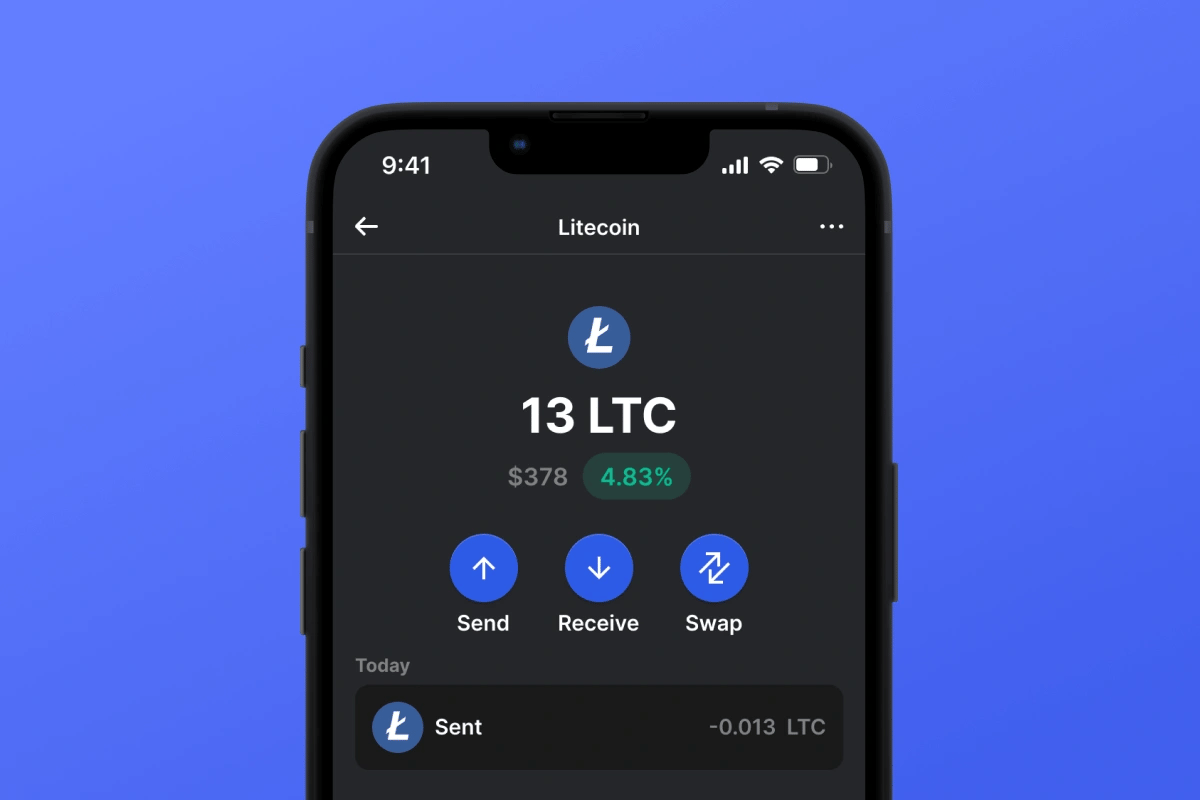
Litewallet(라이트월렛)은 사용자가 LTC를 쉽게 주고받을 수 있도록 하는 무료 앱입니다. 이 프로젝트는 Litecoin Foundation(라이트코인 재단) 회원들의 자원봉사의 결과물이며, 여기에는 Litecoin Foundation의 소프트웨어 개발자이자 프로젝트 조정자인 Kerry Washington(케리 워싱턴)도 포함됩니다. [14]
Kerry(케리)는 2017년 Litecoin Foundation(라이트코인 재단)에 합류하여 다양한 프로젝트에 참여했으며, 여가 시간에 Loafwallet(로프월렛)의 버그 수정 작업을 시작했습니다. 그와 저는 수년 동안 긴밀하게 협력하여 Litewallet(라이트월렛) 사용자 경험을 개선하고 전 세계 사람들이 Litecoin(라이트코인)을 쉽고 간편하게 구매, 이체 및 사용할 수 있도록 만들었습니다. 오늘날 Litewallet(라이트월렛) 팀은 5개의 시간대에 걸쳐 6명 이상의 자원봉사자로 성장했습니다. 저희는 각 출시마다 더욱 향상된 기능을 제공하게 되어 기쁩니다! - Charlie Lee(찰리 리)
Omnilite
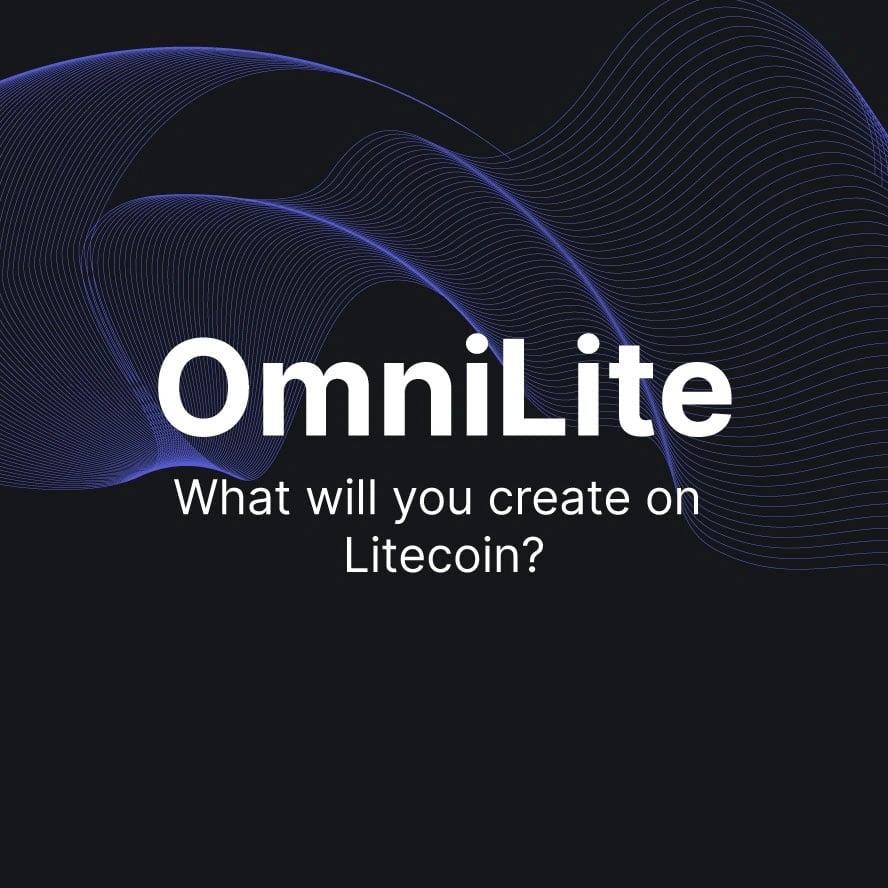
Omnilite는 토큰과 NFT와 같은 디지털 자산을 생성할 수 있는 오픈소스 플랫폼입니다. 라이트코인의 블록체인 위에 구축된 프로토콜이며, 무결성, 보안, 확장성 및 낮은 수수료와 같은 장점을 제공합니다. 이 계층에서 생성된 토큰은 라이트코인의 일부로 간주됩니다. 따라서 모든 거래는 라이트코인의 블록체인에 기록됩니다. [11] [15]
잘못된 내용이 있나요?
